The digital revolution has brought with it a wave of technological advancement and artificial intelligence (AI) is leading the charge. But what does this mean for workers in traditional industries? Is there a fear that AI will one day replace your job as a museum curator? It’s an understandable concern, but could technology actually help to enhance roles within the sector rather than take them away completely?
This article takes a look at how AI may be used in museums and whether or not it means you have to worry about your job security. We’ll explore how its application can lead to greater efficiency and improved customer experiences while also discussing any potential risks associated with its introduction. In doing so, we hope to provide some insight into how AI could potentially affect curators in their everyday work environment.

But before we get started, discover if museum curators have made it onto the list of jobs most prone to AI disruption. Click the link to access our study and find out more.
Definition Of AI
Artificial intelligence (AI) is a buzzword that’s been around for some time, but what is it really? AI involves using machines to simulate human behavior and make decisions autonomously. It encompasses machine learning, deep learning, natural language processing, and computer vision. Machine Learning refers to the ability of computers to learn from past experiences without being explicitly programmed. Deep learning focuses on building layers of artificial neural networks which can then be used to identify patterns in data sets. Natural language processing enables computers to understand human language by analyzing text or speech input. Lastly, computer vision enables machines to recognize objects within an image or video frame.
In short, AI technology has the potential to enhance decision-making processes with minimal need for human intervention. With its powerful tools such as predictive analytics and facial recognition, AI can provide insights into customer behavior that weren’t possible before. Moreover, it allows businesses to automate mundane tasks like sorting emails or scheduling meetings. The possibilities are endless when it comes to utilizing this cutting-edge technology!
The implications of these advancements are vast; AI could revolutionize any industry where repetitive tasks are involved – including museum curation. How might this affect those employed in such roles? To answer this question we must consider how rapidly the field of AI is evolving…

What Is A Museum Curator?
Museum curators are responsible for the care and management of a museum’s collections. They oversee exhibitions, research projects, educational programs, preservation efforts, and more. They also create and maintain budgets, supervise staff members, collaborate with other professionals in their field, and ensure that all activities at the museum are running smoothly.
- Manage exhibition space
- Research artifacts
- Educate visitors about collections
- Preserve artifacts
- Develop outreach programs
The role of a museum curator is multifaceted; they must be organized individuals who can juggle multiple tasks while still maintaining the integrity of their institution’s collection. Curators strive to promote greater appreciation and understanding of world cultures through their work by creating meaningful connections between museums’ exhibits and audiences. Furthermore, they must remain up-to-date on best practices in conservation science so as to preserve important pieces of history for future generations.
Curatorial work requires not only knowledge but passion too. It takes dedication to learn everything necessary to become an effective curator – from cataloguing objects accurately to communicating with stakeholders effectively. The ability to think creatively and strategically is also essential when it comes to developing new ways to engage people with the collections. But most importantly, being a successful museum curator means having a deep respect for culture and art–one that helps guide decisions around what should be displayed within its walls or removed from them entirely.
At the end of the day, there will always be a need for human curators in some capacity because no machine can replace the nuanced thinking required for such delicate work nor comprehend cultural significance like humans can. We owe much thanks to those passionate few who have dedicated themselves to preserving our shared heritage!
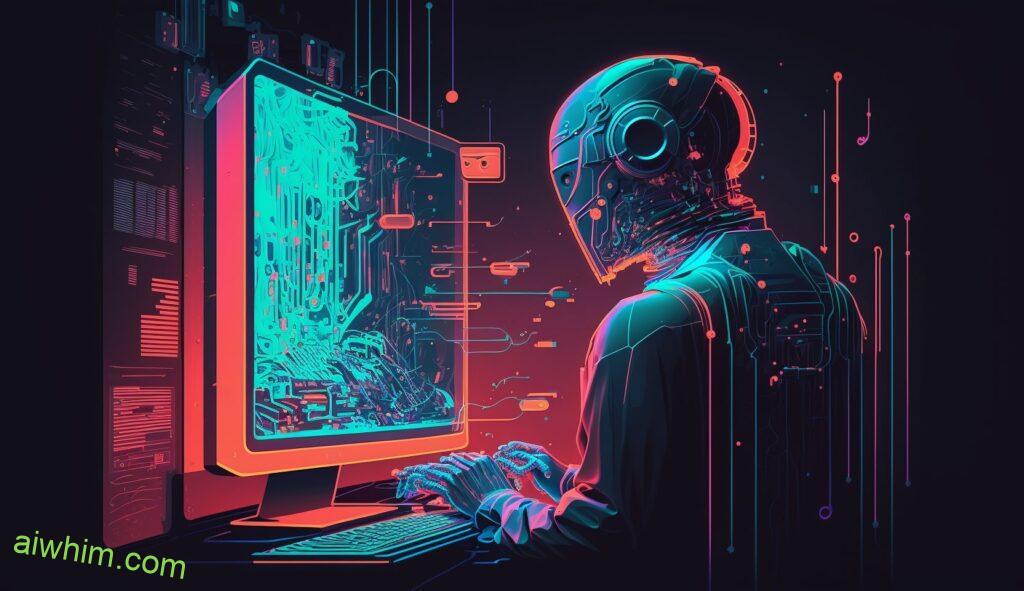
History Of Technology In Museums
Museum curators have long been aware of the potential for technology to revolutionize their industry. From early computer-controlled exhibits in the 1950s, to advanced robotics and artificial intelligence today, technological advancements have consistently had a significant impact on museums. In this section, we’ll explore the history of technology in museums and how it has shaped the role of museum curator.
The first major breakthrough came in 1951 when IBM created a “live exhibit” at the Brooklyn Museum of Art using computers that could respond to viewers’ questions about artworks. These early experiments paved the way for more sophisticated forms of automation and interaction within museum spaces. Throughout the 1960s and 70s, new technologies were developed that enabled people to learn more through interactive displays and multimedia presentations—all thanks to advances in computing power and software development.
In recent decades, the use of digital technologies has become commonplace in museums around the world. Digital archives allow for greater access to historical information than ever before; 3D printing enables objects from any era or culture to be replicated with accuracy; virtual reality brings distant places into our living rooms; robots provide an entertaining educational experience; AI can help curate exhibitions automatically; and machine learning helps identify works of unknown provenance faster than manual methods.
These developments offer both promise and peril: while they may open up exciting new possibilities for cultural engagement, there is also concern about jobs being made redundant by automated processes. As these changes continue to unfold, museum curators will need to stay ahead of trends if they are going to remain relevant as professionals.
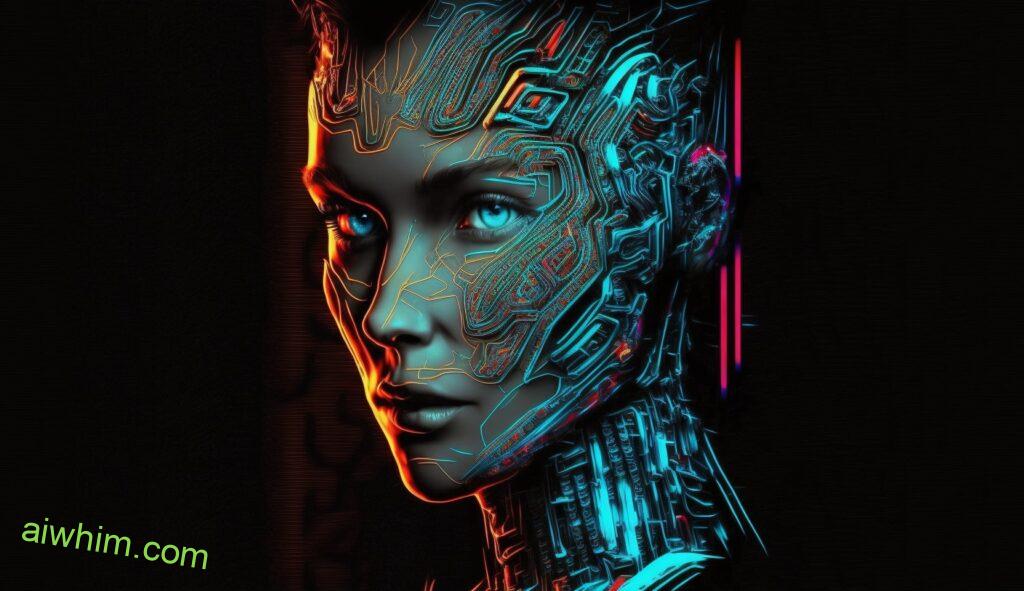
How AI Can Help Curators
Did you know that nearly 70 percent of museum curators work more than 40 hours a week? AI can help alleviate this burden and give curators the freedom to focus on their true passions. Here are some ways in which Artificial Intelligence (AI) can help:
- Automation: With advances in AI, mundane tasks such as counting inventory or tracking visitors’ movements can be automated for greater efficiency. This frees up time for curators to do what they love – researching and collecting artifacts!
- Investment: In addition to automation, investing in AI technology can provide cost savings from reduced labor costs as well as increased productivity. By leveraging advanced technologies like facial recognition or natural language processing, museums will be able to offer enhanced visitor experiences while reducing operational expenses.
- Helping with research: AI-powered tools can also assist with data analysis and research activities by providing insights into trends and patterns. For instance, historical databases collected using machine learning algorithms could help curators uncover new perspectives on past events or pieces of art.
These benefits demonstrate how AI is capable of helping museum curators become more efficient and productive with their work. Not only does it free up precious time but it also helps them make better decisions based on objective data rather than subjective opinions. As such, it’s no surprise that many museums have already begun investing in these cutting edge technologies – making curator’s lives much easier!

Benefits Of Using AI In Museums
AI is quickly becoming a major part of the museum industry, giving curators an opportunity to take their work to new heights. The introduction of AI-powered technology in museums allows for greater efficiency and accuracy when it comes to tasks such as cataloguing collections and creating exhibitions. By leveraging machine learning capabilities, museums can use AI to gain valuable insights into visitor behaviour and preferences. This type of predictive curation helps curators create more engaging experiences that attract visitors from all walks of life.
The use of AI also gives curators access to data-driven analytics which allow them to better understand their audience’s needs and interests. Through this kind of museum intelligence,curators are able to create customised displays and content that appeal directly to their target demographic. Additionally, automation benefits include increased speed and precision when dealing with large amounts of information or data-heavy processes like exhibition design or evaluation.
Furthermore, by incorporating AI into its operations, a museum can save significant sums on labour costs while still providing quality services. For example, AI-based tools can be used to streamline administrative tasks such as collection management or security measures – freeing up time for other activities such as outreach efforts or public programming initiatives. With these advancements in place, museums are able to provide unique learning opportunities at a fraction of the cost they would have incurred otherwise.
Overall, the potential applications of AI within the walls of a museum are vast – opening up countless possibilities for enhancing visitor engagement and improving operational efficiencies. As evidenced above, the integration of AI into museum operations has already proven invaluable in terms of both financial savings and improved customer satisfaction levels – making it an attractive option for those looking for ways to increase visibility without breaking the bank.
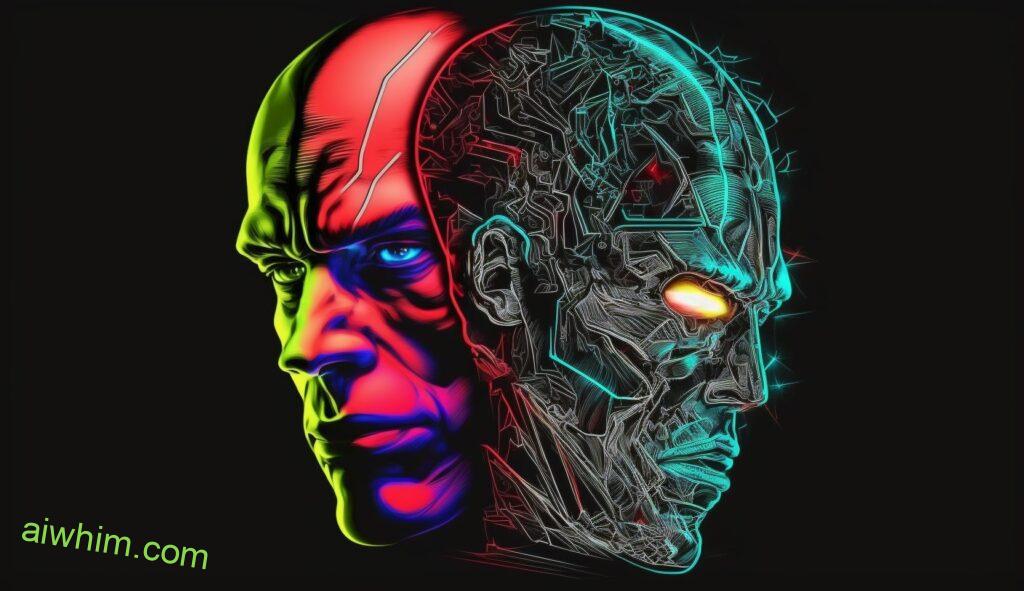
Potential Drawbacks Of AI
Having discussed the benefits of using AI in museums, it is important to consider potential drawbacks as well. While AI technology can be extremely useful and efficient, there are some disadvantages worth noting.
- Human Error: Despite advances in programming and computational ability, AI systems remain prone to human error. If a bug or mistake is not caught during development, then the system will continue to make errors until they are corrected. This could lead to inaccuracies in museum displays or incorrect information being provided to visitors.
- Implications for Privacy: Another possible drawback of using AI in museums is implications for privacy. Depending on how the data is stored and accessed, sensitive personal information may become vulnerable if security protocols are not properly followed and maintained.
- Safety Concerns: Additionally, depending on what type of robots or machines are used within a museum’s exhibits, safety concerns may arise from their use by visitors. For example, if an exhibit has moving parts that interact with guests without proper supervision or regulation, accidents might occur due to malfunctioning machinery or user inexperience.
- System Failure: Finally, just like any other machine-based system, AI technologies can experience technical difficulties leading to malfunctions and system failure. When this happens at a museum it can create confusion among visitors who have come expecting smooth operations only to encounter disruption instead.
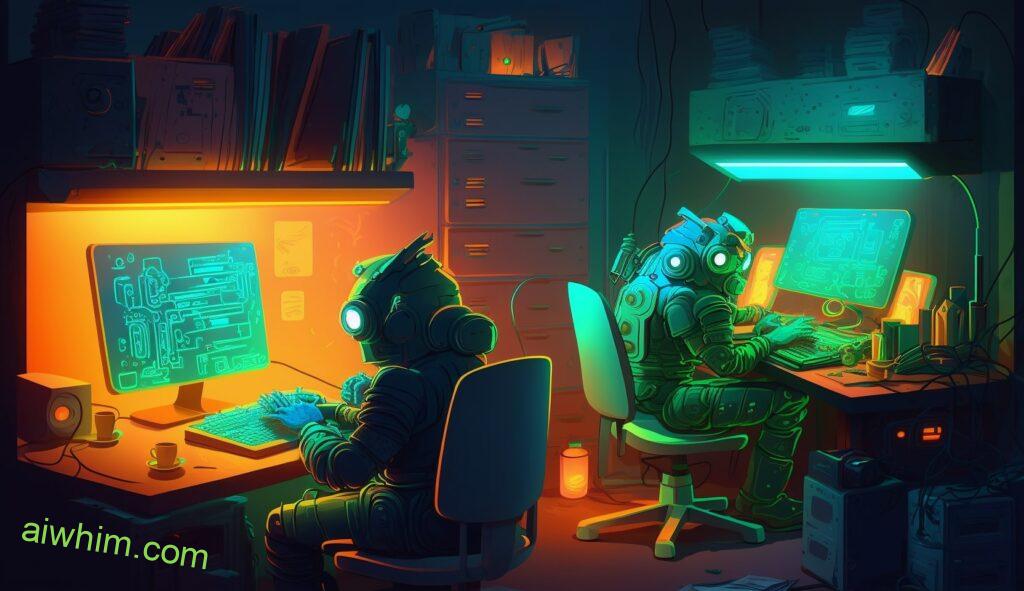
Existing Examples Of AI In Museums
The modern museum-goer has an ever increasing appetite for innovative and immersive experiences, but what if the experience is no longer provided by a human curator? Artificial intelligence (AI) may be changing this in more ways than one. AI technology is already being used to create virtual galleries, provide automated museum tours, and curate exhibitions using algorithms.
In 2019, the Louvre Museum in Paris made headlines when they launched their first AI powered tour guide app. The app works as both a virtual assistant and museum tour guide; it can answer questions about artworks on display while also providing insights into its cultural heritage. Visitors are able to customize their own individualized tours of the museum based on personal interests and preferences.
Another example is the Australian Centre for Visual Technologies at the University of Adelaide which utilizes computer vision technologies to automatically identify visual elements such as paintings and sculptures within a gallery space. This allows visitors to gain deeper insight into artwork without needing any prior knowledge or understanding of artistic styles or techniques.
What does all this mean for those working as traditional museum curators? As museums continue to embrace new digital technologies, there will undoubtedly be some disruption within existing job roles — particularly with respect to how exhibits are curated and presented. However, it’s important not to forget that ultimately these tools serve only as aids: human creativity still holds great potential when it comes to creating meaningful experiences for visitors — whether through digital or physical means.

The Future Of Museums And Automation
Museums are becoming increasingly automated, as technology advances and artificial intelligence (AI) continues to emerge. Automation has the potential to revolutionize how museums operate and interact with visitors. AI can be used for curating exhibitions, engaging with visitors, creating educational content, handling administrative tasks such as inventory management and security, and more. This automation could have a major impact on the way in which people experience art and culture in our society.
The use of AI in museum settings could also bring about changes in job roles within the industry. As museums become increasingly automated, there may no longer be a need for manual labor or human oversight when it comes to certain aspects of running a museum. For example, an AI-driven system might be able to identify artifacts that meet specific criteria for exhibition without any human input whatsoever. Similarly, AI might be able to recognize patterns among museum collections which would help galleries make informed decisions regarding acquisitions and donations.
It is important to note however that while some jobs may be replaced by automation, others will remain necessary due to their creative nature or because they require social interaction. A robot cannot replace the expertise of a curator nor can it create meaningful connections between objects or stories like humans do. People’s ability to interpret visual information and develop relationships are still much better than machines – at least for now! Furthermore, many jobs related to the preservation of cultural heritage rely heavily on human empathy and understanding which robots lack entirely so far.
Overall then, it appears that automation won’t completely take over every aspect of running a museum anytime soon; instead we should expect gradual shifts towards an increased reliance on AI systems across all areas of operations – from curation through to marketing initiatives and beyond. While this shift presents both opportunities and challenges for those who work in museums today, ultimately it looks set to ensure even greater access to art and culture for everyone into the future – something we can all appreciate!

Discussions Around Job Replacement
The discussion of job replacement is a complex one, and it’s becoming increasingly important for museums to grapple with the implications of automation. As artificial intelligence (AI) continues to advance, many museum curators are wondering if their roles will be replaced by machines. There are several factors at play when considering this issue:
- Museum Automation: AI technology has already had an impact on how museums operate, from exhibition planning to visitor engagement. In some cases, automated processes can even replace human labor in certain tasks related to museum management.
- Replacing Roles: With more and more functions being taken over by AI-driven systems, there’s potential for entire positions within museums to become obsolete as robots take over routine duties that were once handled manually. This could have major consequences for employment opportunities in the sector.
- Economics & Impact: While replacing manual jobs with automation may lead to cost savings in the short term, it also raises questions about what long-term economic impacts such decisions might have on both employees and employers alike.
- Future of Museums: Finally, it’s worth exploring what kind of future awaits museums if they continue down the path towards complete automation? Will we see our cultural institutions transformed into robotic playgrounds where visitors interact with robotic curators instead of real people?
These are all questions that need to be considered carefully before any further steps are taken towards automating museum operations. It’s clear that embracing new technologies comes with its risks – but these must be weighed against the potential benefits that could come from increased efficiency and improved experiences for visitors. Ultimately, it will remain up to each individual institution to decide which route works best for them and determine how much risk they’re willing to take on when investing in AI solutions for their operations.
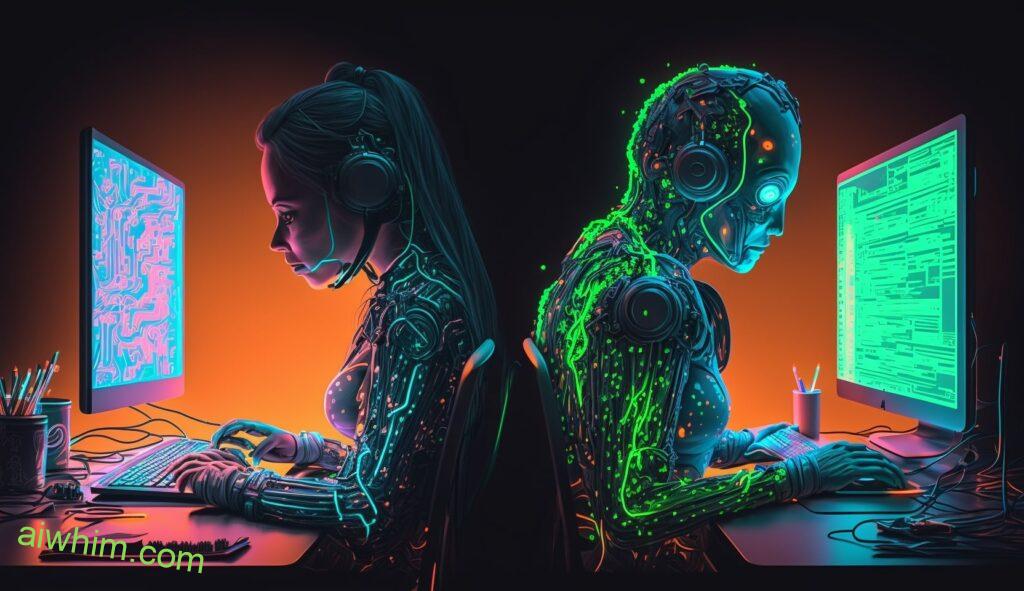
Impact On The Art World
As artificial intelligence (AI) begins to become a more prominent part of our everyday lives, the art world is beginning to feel its effects. Take for example, the case of Sotheby’s auction house in New York City. In 2019, they hosted their first-ever sale featuring works created entirely by AI. The event was an instant success with buyers eager to get their hands on these new digital artworks. It marked a significant shift in how people view and collect art today.
The presence of AI has undoubtedly changed the traditional landscape of the art market as well. Art dealers are now forced to navigate this new technology in order to stay competitive. This means embracing digital platforms such as those that generate unique artwork through algorithms and machine learning processes. On the other hand, it also requires them to be more creative when marketing pieces offline so that potential buyers can still connect with them emotionally.
Art buyers are not immune either from this wave of technological advancement within the industry. Since many are no longer limited to physical galleries or auctions houses, they have access to a much larger selection online than ever before – leading some collectors to purchase work without ever actually seeing it firsthand. Furthermore, since there are far fewer restrictions on pricing due to lack of overhead costs associated with selling online, prices for certain pieces may fluctuate drastically depending upon popularity or demand at any given time.
This influx of AI into the arts has been met with both enthusiasm and caution from various sectors within the community; however, one thing is clear: museums will need to adapt if they wish to remain relevant and continue attracting visitors in droves as they did pre-pandemic era. As automation becomes increasingly commonplace across industries worldwide, museum curators must take steps towards modernizing operations while staying true to their core mission – preserving culture and inspiring creativity among future generations.
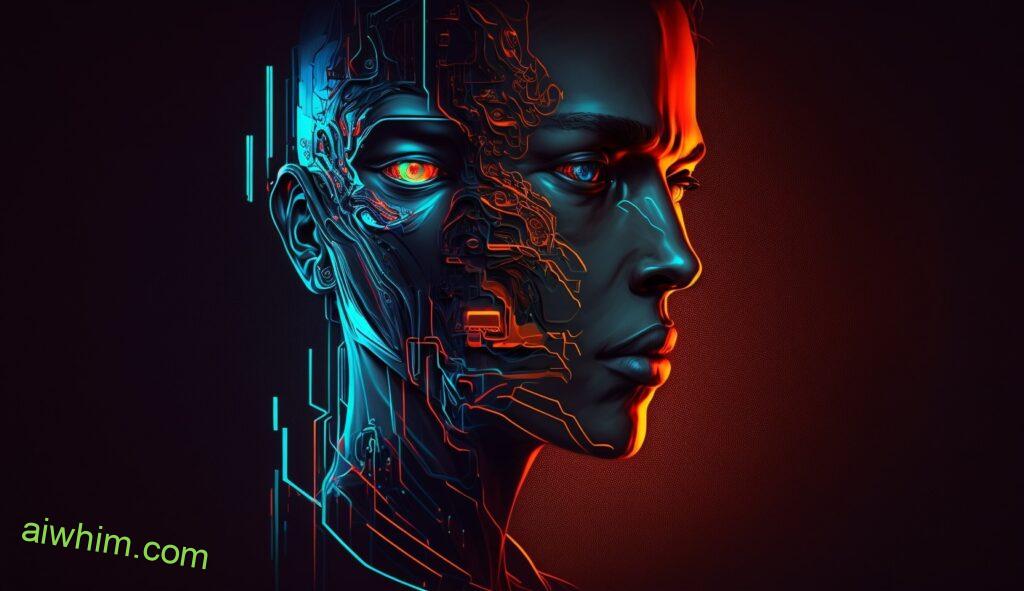
Ethical Considerations For Automation
As the potential for automation to replace jobs in the art world becomes more and more a reality, ethical considerations must be taken into account. Automation ethics is an area of study that seeks to answer questions about how robots should interact with humans and what constitutes responsible robotic behavior. With regard to museum curatorship, there are several key ethical implications of automation that must be addressed.
Firstly, the risk associated with job displacement needs to be considered carefully. As machines become increasingly capable of carrying out tasks previously completed by human beings, there will inevitably be fewer employment opportunities available in this field; consequently, many qualified individuals may find themselves without work or needing to retrain for different professions. The impact on workers’ rights and welfare must therefore not be overlooked when evaluating the use of automated systems within museums.
Another important consideration with regards to automation is whether it can accurately replicate the role carried out by human curators and effectively meet visitor expectations. Although machines may offer greater efficiency when performing certain functions, they cannot match the experience and insight provided by a knowledgeable curator who has been trained in their profession over many years. Furthermore, robots lack creativity which could potentially limit engagement between visitors and exhibitions if left unchecked.
Finally, any decision made around introducing automated systems also requires careful thought as to who would benefit most from such technology – both now and in the future. It is essential that decisions are made responsibly so as not to disadvantage vulnerable groups while ensuring equal access for all users regardless of background or ability level.
It is clear then that much deliberation is needed before committing fully to automation within museums; only through careful examination of its ethical implications can we ensure that it remains an appropriate choice going forward.

Concerns About Data Privacy
The world is on the brink of a massive shift in the way we work and live. As Artificial Intelligence (AI) grows more sophisticated, it’s becoming increasingly clear that no job is safe from automation – not even museum curators. We can only imagine what this will mean for our data privacy rights and safety as AI takes over roles previously held by humans.
The thought of a machine having access to vast amounts of personal data without any form of oversight or regulation sends chills down my spine. What are the potential risks if sensitive information falls into the wrong hands? Are existing privacy regulations sufficient to protect us from potential misuse or abuse of our personal data? These questions must be answered before AI becomes commonplace in many industries.
Data security should also be taken seriously when introducing AI technology into any sector. Companies need to ensure they have reliable protocols and procedures in place which prioritize user security above all else. Data protection policies should include measures such as encryption, regular password changes, two-factor authentication systems and other methods aimed at protecting users against unauthorized data sharing.
We must take a stand now and demand robust protections for our digital rights, so that we don’t become victims of cybercrime through an automated future ruled by machines with complete control over our data. Otherwise, we risk losing out on precious freedoms while putting ourselves at risk of identity theft, fraud and other types of malicious activity. It’s up to each one of us to speak up about these concerns and push for stronger data protection laws worldwide if we want to safeguard ourselves from harm going forward.

Legal Implications For AI Use
Having discussed the concerns around data privacy, it’s important to consider the legal implications of AI use. Automation law and automation ethics are both instrumental in determining how artificial intelligence can be used responsibly. Companies must comply with laws that regulate machine learning applications, such as those for data protection and automated decision-making systems.
When it comes to ethical considerations, there are several questions that arise from using AI technology. For instance, who is responsible when an autonomous system makes a mistake? What kind of safety measures should be put in place to ensure its accuracy? How can we prevent misuse or abuse by individuals or companies? These are all issues that need further exploration if businesses want to adhere to ethical principles while deploying AI solutions.
The rise of automation also brings up other issues related to job security and economic stability. As more processes become automated through AI, many workers may find themselves displaced by robots or computer algorithms. This could have negative consequences on society as a whole, particularly in terms of income inequality and social mobility. Governments must therefore take steps to protect vulnerable populations from these potential risks.
These questions illustrate the complexities involved when discussing legal implications for AI use. We must carefully assess the impact of artificial intelligence on our lives before making decisions about its adoption and deployment across industries. It’s clear that there needs to be a delicate balance between embracing new technologies for their potential benefits and guarding against potentially harmful impacts on human rights or societal norms.
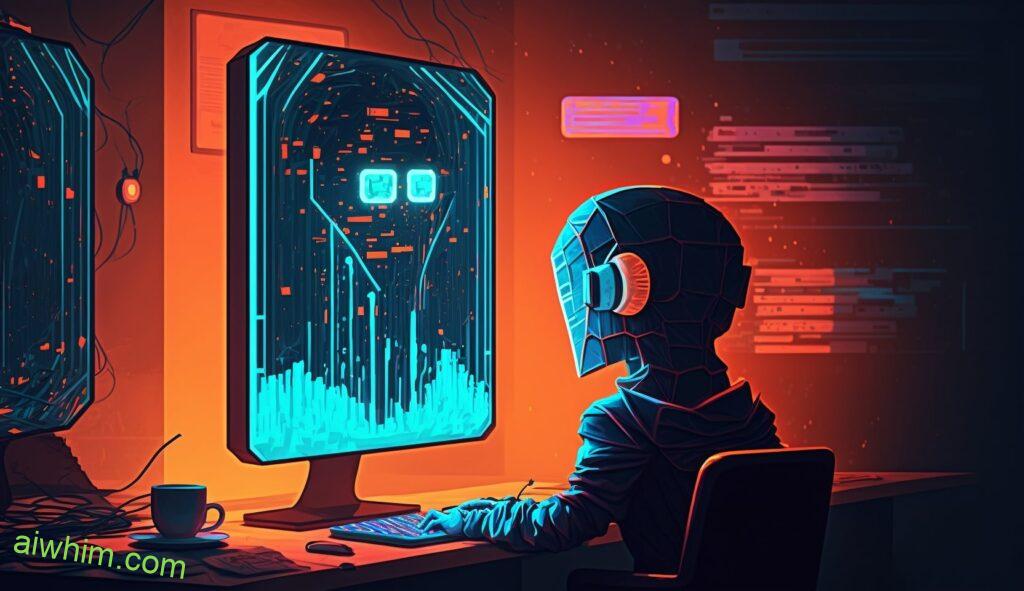
Investment Requirements For Implementation
Investment requirements for the implementation of AI in a museum setting are often significant. Technology investments, such as sophisticated computer systems and data storage platforms, may be necessary. Financial investments to cover costs associated with running an AI program must also be considered. Capital investments will likely need to be made for ongoing maintenance of any new technology that is put into place.
These investment requirements should not discourage museums from incorporating AI technologies. In fact, many successful implementations indicate that the benefits outweigh the costs. For example, some museums have introduced automated ticketing systems which reduce staffing needs while simultaneously increasing visitor satisfaction ratings. Additionally, AI can improve curation by providing greater accuracy in cataloguing artifacts and archival materials than manual methods alone can provide.
It’s important to note that these investments do not always require large upfront capital outlays; there are alternative funding options available such as public-private partnerships or grant programs dedicated to advancing educational initiatives. Furthermore, many software companies now offer monthly subscription plans that make it easier for smaller organizations to access cutting edge technology without breaking their budget.
Making improvements through implementing AI doesn’t happen overnight though; it requires dedication and willingness to commit resources over time so that goals can be met efficiently and effectively. It is up to each individual organization to decide what level of financial commitment makes sense for them based on their desired outcomes and existing infrastructure capabilities.

Conclusion And Recommendations
In a nutshell, AI will not be replacing museum curators anytime soon. While this technology can make certain aspects of the job easier and more efficient, there are still many legal implications to consider when it comes to data privacy and protecting artwork from potential forgery or theft. Furthermore, automation does not take into account the need for human judgment in the art world—which is something that only a trained curator can provide.
That being said, AI could be used as an aid or supplement to help curators with their work by providing them with detailed insights about pieces in their collection or helping them identify previously undiscovered artifacts. This could open up new avenues of exploration within museums while also possibly leading to increased attendance due to its capability of creating interactive experiences for visitors.
It’s clear that AI has a lot to offer both museum curators and the general public alike but before any decisions are made, further research should be conducted on how best to maximize these benefits without compromising security or infringing on personal rights such as freedom of expression. Additionally, governments and other organizations may want to approach implementing these technologies cautiously so as not to disrupt existing systems too much at once.
All things considered, AI offers exciting possibilities in terms of improving access to culture and knowledge within museums but it must be done carefully and responsibly if we hope for everyone involved—from patrons to professionals—to benefit from it equally.
Author: Ole Paulson
Author Bio: I’m Ole and on this website, I share everything there is to know about Artificial Intelligence, and useful tips for using AI to our advantage. I have a background in data science and research and have been following the AI-space for years. You can read more about me in the “About” page.







